The Farman F.280 was a three engine, cantilever wing monoplane designed in France as a mail carrier in the early 1930s. Underpowered and slow, only two were built and briefly used.

The Potez 40 was a French three-engine, braced high-wing monoplane designed and built in response to a French government programme for colonial transport and policing aircraft duties.
The Caudron C.220 was a two-seat French biplane trainer. Only two were built, using different engines.
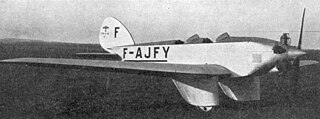
The Albert A-60 was a single engine, two seat, wooden sports monoplane designed and built in France in the early 1930s. Two were built and flown with three different engines.
The Romano R.16 was a three engine, high wing monoplane designed for policing and other rôles in France's African colonies.

The Dewoitine D.430 was a three-engine, high-wing monoplane designed for policing and other roles in France's colonies. It did not go into production.
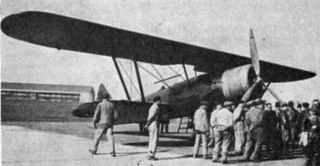
The Potez 50 or Potez 50 A2 was a French two seat military multi-rôle aircraft, first flown in 1931. It did not go into service but seven variants using five different engines were produced, one of them setting several speed with useful load records and another, the Potez 506, setting three altitude world records.
The Kellner-Béchereau 23 was a French two seat cabin touring aircraft, built in 1932. Its wing was constructed in a novel way. Only one was completed.

The Nieuport-Delage NiD 740 was a French trimotor monoplane designed to carry night mail. Two were built in 1930.
The Morane-Saulnier MS.300 and MS.301 were French parasol wing introductory trainer aircraft, first flown in 1930. They differed only in engine type. Neither reached production but were developed into two similar trainers, the MS.230 and MS.315, which were made in large numbers.

The Couzinet 20 was a low power, three-engined aircraft designed in France in 1929 for postal duties, though it could have been configured to carry three passengers or as a medical transport. Variants flew with three different engines but only two airframes were completed.
The Couzinet 100 was a three-engined, three-seat touring aircraft designed and built in France in 1930. Two variants, the Couzinet 101 and Couzinet 103, were very similar apart from their engines; no variant reached production.
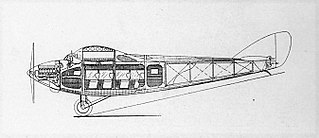
The Nieuport-Delage NiD 540 was a high wing, eight seat, single engine airliner, built in France and first flown in 1930. It did not reach production.

The Mauboussin M.112, M-12 or Mauboussin M.XII was originally called the Peyret-Mauboussin PM XII and was renamed when Mauboussin founded his own company in 1931, ending his partnership with Louis Peyret. It was a French, single-engine, two-seat, low cantilever wing touring monoplane. At least six were built.
The Bréguet Colibri was a low power, single seat French monoplane designed to compete in a 1923 newspaper-sponsored contest between such aircraft. Only one was built.
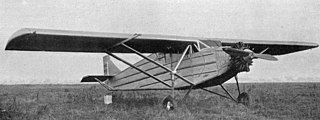
The Aviaméta 92 was a French, all-metal, five seat monoplane built in the late 1920s. Three different engines were fitted, and one example flew the first non-stop Paris-Algiers flight in preparation for an abandoned trans-Atlantic attempt.
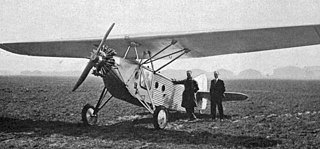
The Hanriot H.46 Styx was a French, single-engined, parasol wing aircraft which could equally be configured for training, liaison or ambulance roles; in the latter form it was able to accept a patient on a stretcher. Several different engines were fitted and flown but the type did not reach production.
The Morane-Saulnier MS.152 was a French multi-purpose aircraft built in 1928. It did not go into production.

The Bourgois-Sénémaud AT was a parasol wing, two seat touring aircraft built in France in 1928. Three examples were completed.

The Albert A-10 was a four-seat French transport aircraft which could be rapidly converted into an air ambulance. Two or three examples were built between 1929 and 1932, using at least two different engines, but neither variant reached production.












